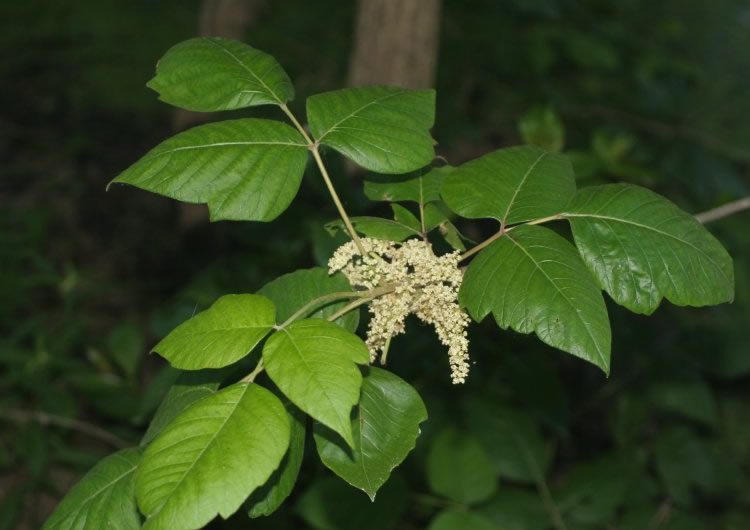Poisonous Veggies And Fruits With High Health Risk To Your Family And Pets
Some of this veggies and fruits are so common that you would not even consider them as a potential health risk to your family or pets. Here is an extensive list of the poisonous veggies and fruits that could grow in your garden or in the near surroundings of your house ..

